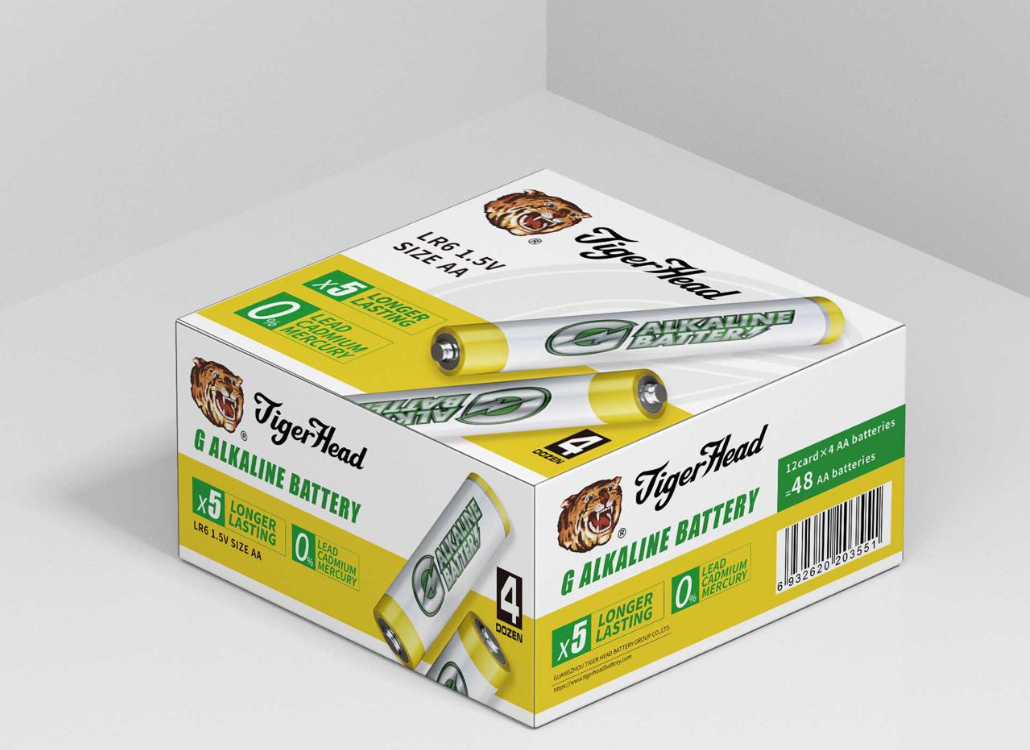Dry Cell Battery Vs Wet Cell Battery
Batteries generate electricity from a chemical called an electrolyte. Dry batteries get their energy from a slightly damp paste, while wet batteries get their energy from a liquid electrolyte. The main difference between wet and dry batteries is whether the electrolyte they use to generate electricity is primarily liquid or solid. We generally divide battery types into two types: primary batteries or rechargeable batteries.
Dry Cell Battery
The dry battery may be a primary battery or a secondary battery. All dry cells have a metal electrode or graphite rod covered with electrolyte paste, all within a metal container. In acid dry cells, the power-generating reduction reaction typically occurs in a paste composed of ammonium chloride (NH4Cl) and manganese dioxide (MnO2). In longer-lasting alkaline dry cells, potassium hydroxide (KOH) or sodium hydroxide (NaOH) reacts with manganese dioxide. Other batteries may use silver oxide (Ag2O), mercury oxide (HgO), or nickel/cadmium.
1. In order to prevent liquid leakage, the wet battery must be kept upright, and the dry battery can be operated in any position.
2. Dry batteries can be made into various shapes and sizes, which are easy to use. They are commonly used in remote controls, flashlights and other appliances.
3. Dry batteries lose their charge more slowly than secondary batteries, so they can be stored for a long time.
4. Dry battery has high energy conversion rate, reliable energy supply, convenient maintenance, and can work in various environments.
Wet Cell Battery
Wet batteries are batteries that use an electrolyte that flows easily and is liquid. Such as lead-acid batteries, such as lead-acid batteries. Wet cells generate electricity through a pair of electrodes and a liquid electrolyte solution. Mainly used to start cars, modern wet batteries consist of lead plates in a sulfuric acid solution. An insulating layer separates the anode (negative pole) from the cathode (positive pole).
1. If the wet battery is properly maintained, there will be a large number of charge and discharge cycles.
2. They are also less likely to be damaged by overcharging than other batteries.
3. The power and durability offered by wet batteries are quite affordable.
4. Wet batteries are often used as rechargeable secondary batteries, which makes them very suitable for use in motor vehicles.







